20
Apr
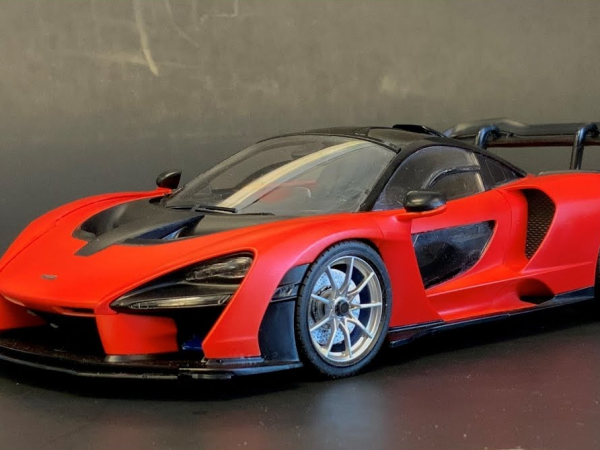
Into performance cars and bikes, but can’t afford the real thing? How about a scaled-down model? This can bring some, and if not more of the kicks of ultra-expensive speed machines at a fraction of the cost. Plus, crashing is part of the fun.
If you’re more about the looks than anything else, cheap plastic models can bring hours of fun for the whole family. Assembly, painting and applying the decals is rewarding. And there are different skill levels to choose from. But this doesn’t have to be limited to street vehicles. There are planes, boats, off-roaders, rockets and trains, and some real-life replicas. Stick in a motor and battery, get a controller, and you can take your creation out on the track and race. These are Radio-Controlled (RC) vehicles that just have that extra bit of fun to them. And here too you find a lot of a variation.
The basic distinction here is between plastic model kits and RC kits. You’ll find some companies that excel at the former, while others at both. Tamiya, out of Japan does both types exceptionally well. They’re one of the oldest companies in the business, founded after the Second World War first as a sawmill. then using that expertise in woodworking and design to go on making plastic model kits. Their first kits were based around replicas of locally-produced military ships, tanks and aircraft. They soon divested outside of Japan, and in the mid-1970s embraced radio-controlled tech to produce their first RC car- the Porsche 934 Turbo. Today, there are Tamiya models of virtually every new or old vehicle ever to have a put a mark on racing or military history. Even everyday models are up for grabs. Their catalogue is immense and growing by the day.
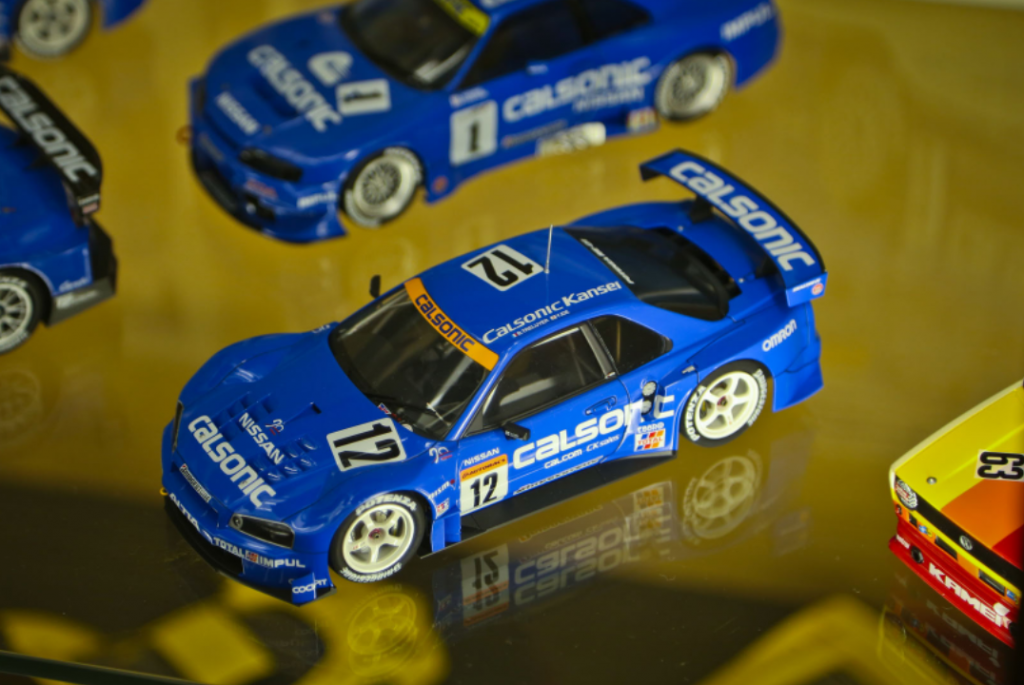
In short – attention to detail, real-life scaling and realism, and being at the forefront of the newest tech. This has helped create life-like models almost indistinguishable from the real thing. Just in a smaller package. Even smaller plastic models retain a multitude of details that inspire the eye. Motorbike engines firing on all four cylinders, complete with cabling and straddling to accurately presented swingarms. Instrumentation in aircraft, movable wing parts and colour schemes in faithfully presented. High-capacity batteries in RC models push efficient brushless motors in modular chassis designs. Even acceleration times and top speeds are calculated to match. Nothing has been overlooked.
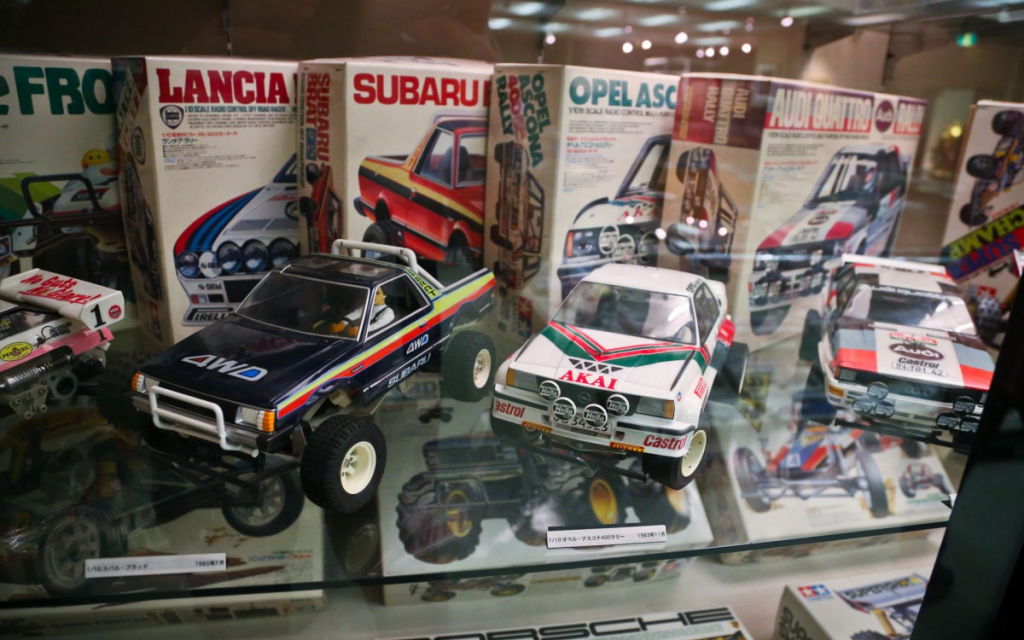
Tamiya offers plenty of buggies, truggies, drift cars, rock crawlers, monster and stadium trucks that are quick to assemble. A lot of their lineup includes throwback classics, the cars we lusted over as kids, but just didn’t have the cash saved up to buy one. These now come with updated chassis, 2 or 4WD drivetrains, brushed or brushless motors, revamped suspension and a choice of batteries. For ultimate speed look for brushless motors powered by lithium polymer batteries. Higher voltages feed more power into the wheels, and a bigger battery capacity means the fun lasts longer.
Packaged ready to run vehicles have included servo motors for the steering, 2-way radio controllers, ESC gearing that also allow reversing and included batteries.
You can also build your own vehicle. Tamiya offers a range of different chassis, suspension kits, motors, batteries and bespoke body kits to build the vehicle to your specifications. You can also swap out receivers and transmitters to get more agility and better handling. Parts are sold separately and you’ll need some mechanical and electrical know-how to assemble a vehicle. But that’s all part of the fun.
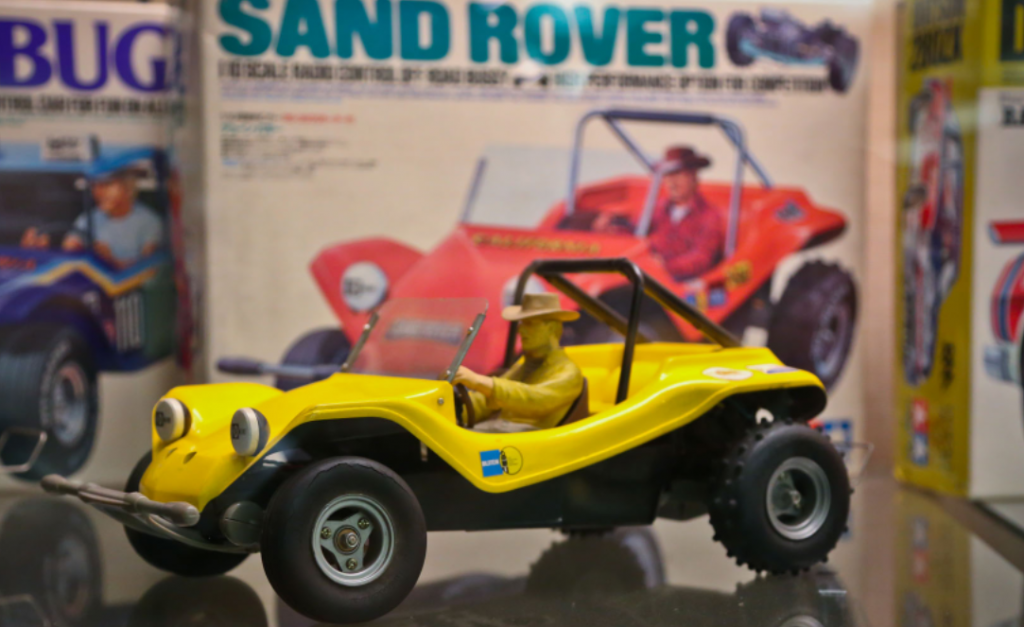
This is where the vehicle selection is humungous, and you can choose between current models, or vehicles from decades ago. Almost all Japanese models, past and present, famous and mundane, are available. Cars, motorcycles, trucks, aircraft, ships, and military equipment come as parts of one or several sprues or frames, which builders need to cut off and glue together. The number of parts varies, and is based on skill levels. Beginner levels are easier to assemble, having fewer parts, whereas advanced kits will have more than 100 different parts. These will also need more time (think a couple of hours) and precision in assembly. Levels higher up also tend to nuanced details, so if realism is what you’re after then these are the kits to go for. There are also differences in what’s included. As with RC kits, beginner Tamiya plastic model kits include glue, paint, decals and the tools to get everything up and ready. Advanced kits usually require you to purchase these separately.
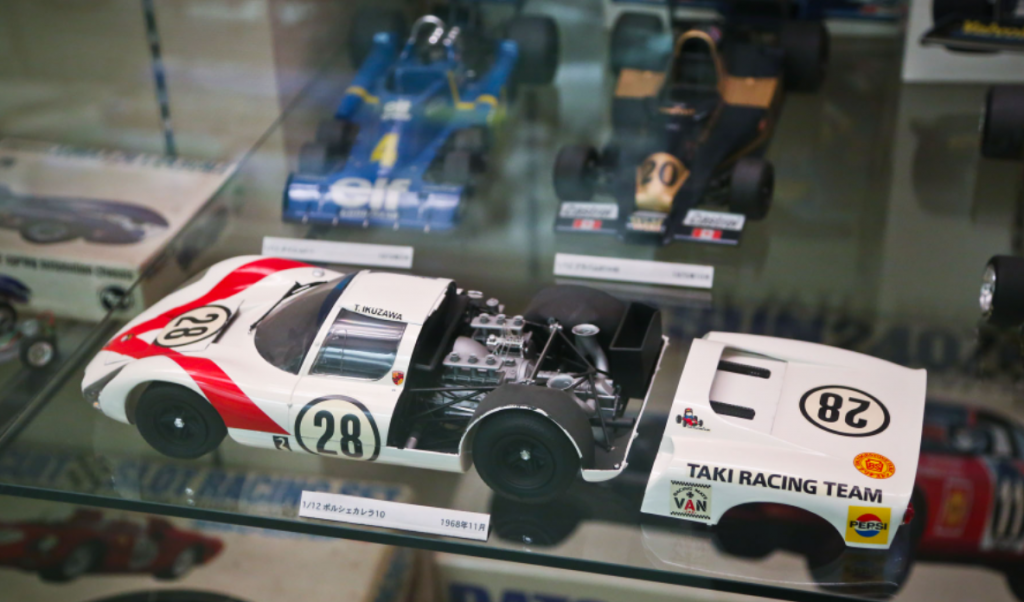
Both plastic models and RC Tamiya kits come in different scales. This is the ratio of overall dimensions (length, width and height) as compared to the real thing. Popular sizes include 1/24th scale in RC and plastic models alike. Bigger kits, like those in 1/10 and 1/12th scale offer a higher level of realism, more parts and detail, and for RC models room for bigger and faster motors and batteries. Smaller scales are found on exceptionally large craft and equipment, notably ships, planes and military kits. Prices and skills levels go up as vehicles get closer to the real thing in overall size.